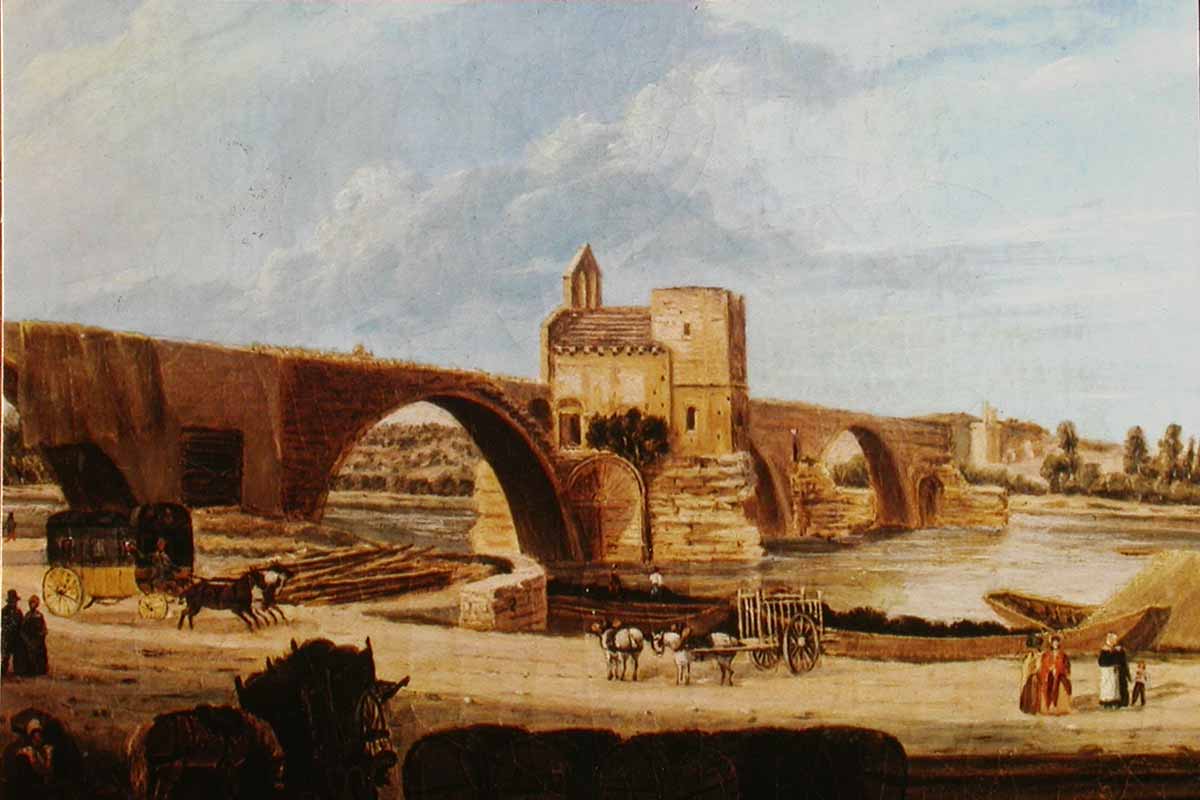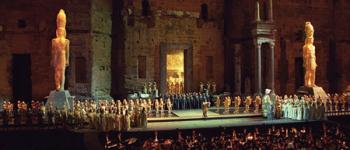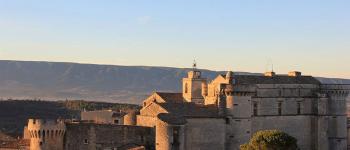
The Pont Saint-Bénezet, a great witness to the history of Avignon, is known the world over thanks to the famous song.
Legend has it that the bridge was built in the 12th century by a young shepherd from the Vivarais region, Bénézet, by heavenly command.
Built from the 12th century onwards, it was washed away several times by the floods of the Rhône, and finally abandoned in the 17th century.
Today, it is a UNESCO World Heritage site.
The bearer of legends and an emblematic monument of the region, today it retains just 4 of the original 22 arches.
Originally, it was an ancient wooden bridge linking Villeneuve to Avignon.
A first bridge was built on these foundations as early as 1184, the pillars of which were probably linked by wooden walkways.
However, this first bridge from the Romanesque period was destroyed up to the fourth arch during the siege of 1226.
At that time, the "Work of the Bridge" brotherhood, born of Bénezet's influence, comprised 24 brothers.
Thanks to their ceaseless begging and the skilful use of tolls, they were able to undertake the construction of a Gothic stone bridge on the remains of the 12th-century structure, and on the same principle used to build equally famous bridges in the region: the Pont du Gard or the Pont Julien de Bonnieux.
The new bridge stretches for around 900 meters and features some 22 arches.
In the Middle Ages, the Pont Saint-Bénezet was part of one of the most important pilgrimage routes between Italy and Spain, and became indispensable to the papal court that settled in Avignon in the 14th century.
The cardinals soon took up residence in Villeneuve to escape the nuisances of Avignon, described by the poet Petrarch as "the most foul and stinking city on earth".
At the time, the bridge was the most direct link between the many residences built by the cardinals and the Palais des Papes, located inside Avignon's ramparts.
Each time they crossed the bridge, the Popes used to stop in front of Bénezet's chapel to pray for a moment and leave an alms of one florin.
The bridge was paved in 1377 on the orders of Cardinal de Blandiac, to remedy the frequent slippery conditions that were the cause of accidents and falls into the Rhône.
Louis XIV was one of the last to cross the Rhône before it "collapsed" in the 17th century, but he never wanted to pay for its restoration, despite his desire to own it...
Translated with DeepL.com
(free version)





